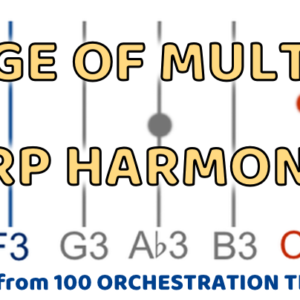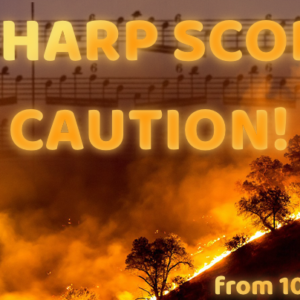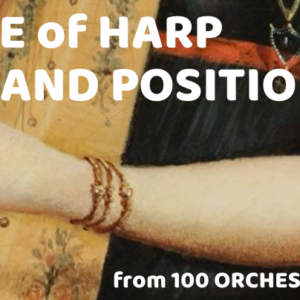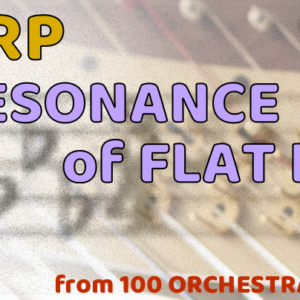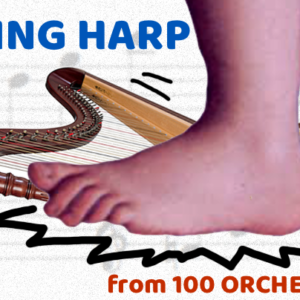Orchestration Tip: Bisbigliando is Vewy Vewy Quiet!
(Tip no. 75 from 100 MORE Orchestration Tips, to be released March 2020) No matter how much a composer might wish otherwise, harpists simply cannot play bisbigliando loudly. Most of the tips in this book and in the original 100 Orchestration Tips are about things you won’t find in orchestration manuals; or about things that…
Read more…


